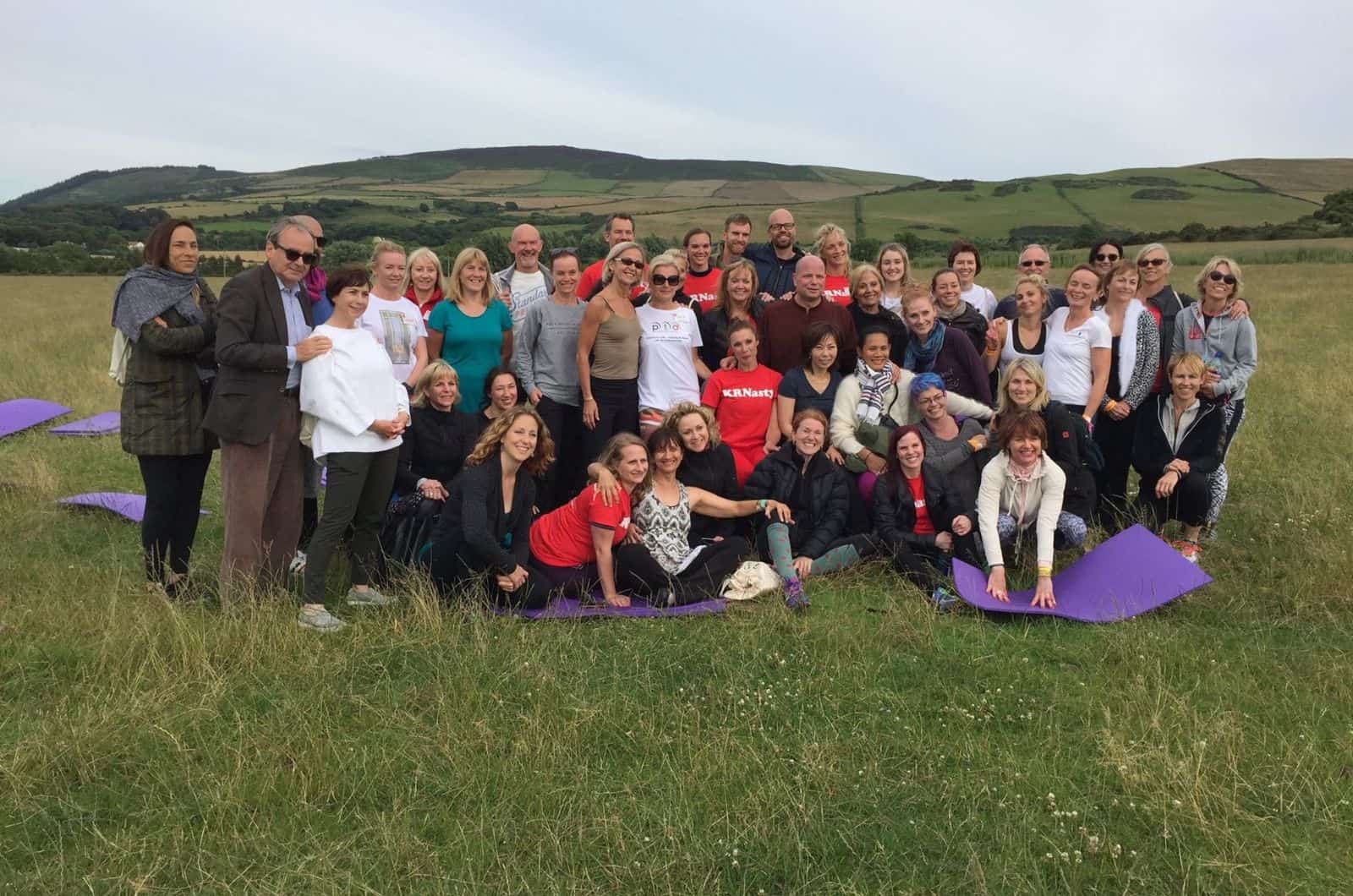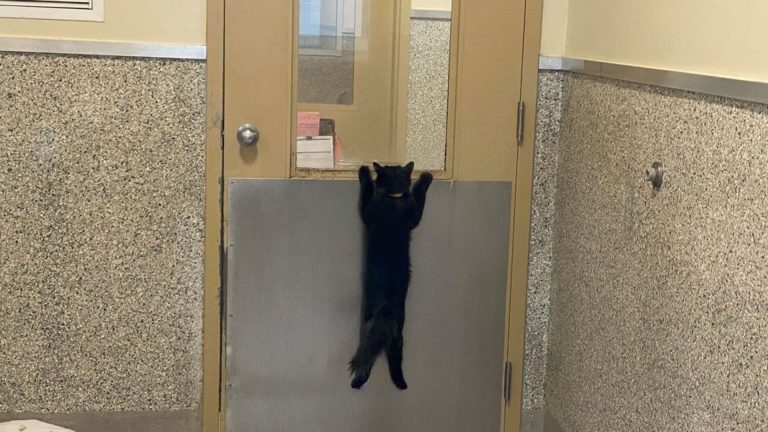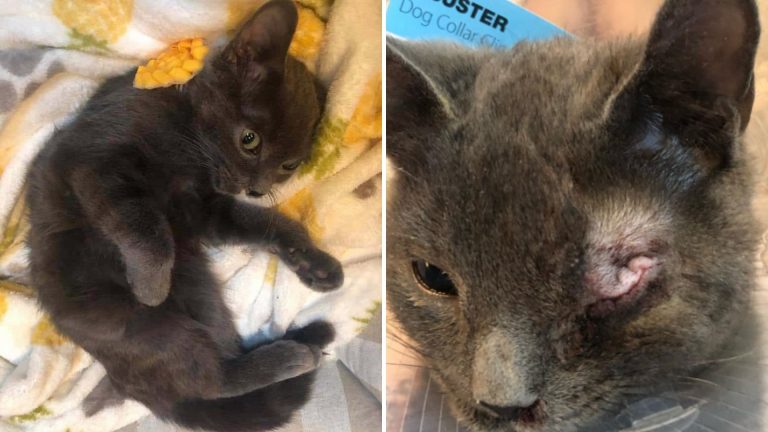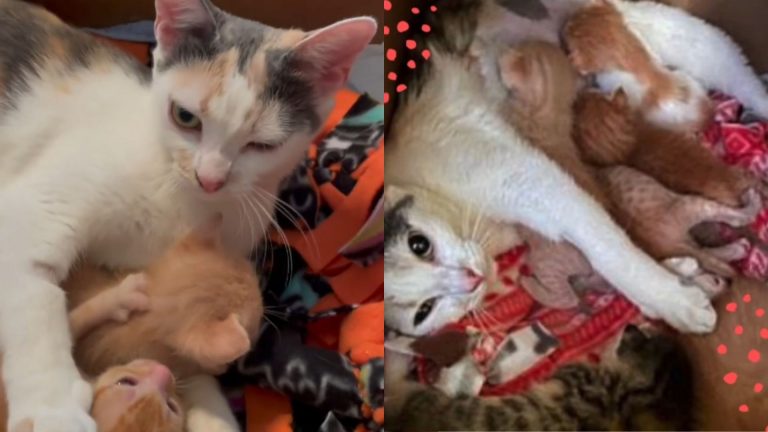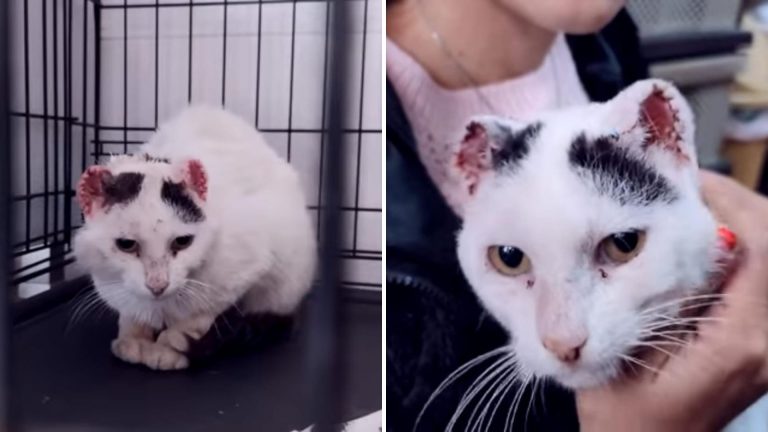Did You Know Pilates Was Invented Because Of Cats?
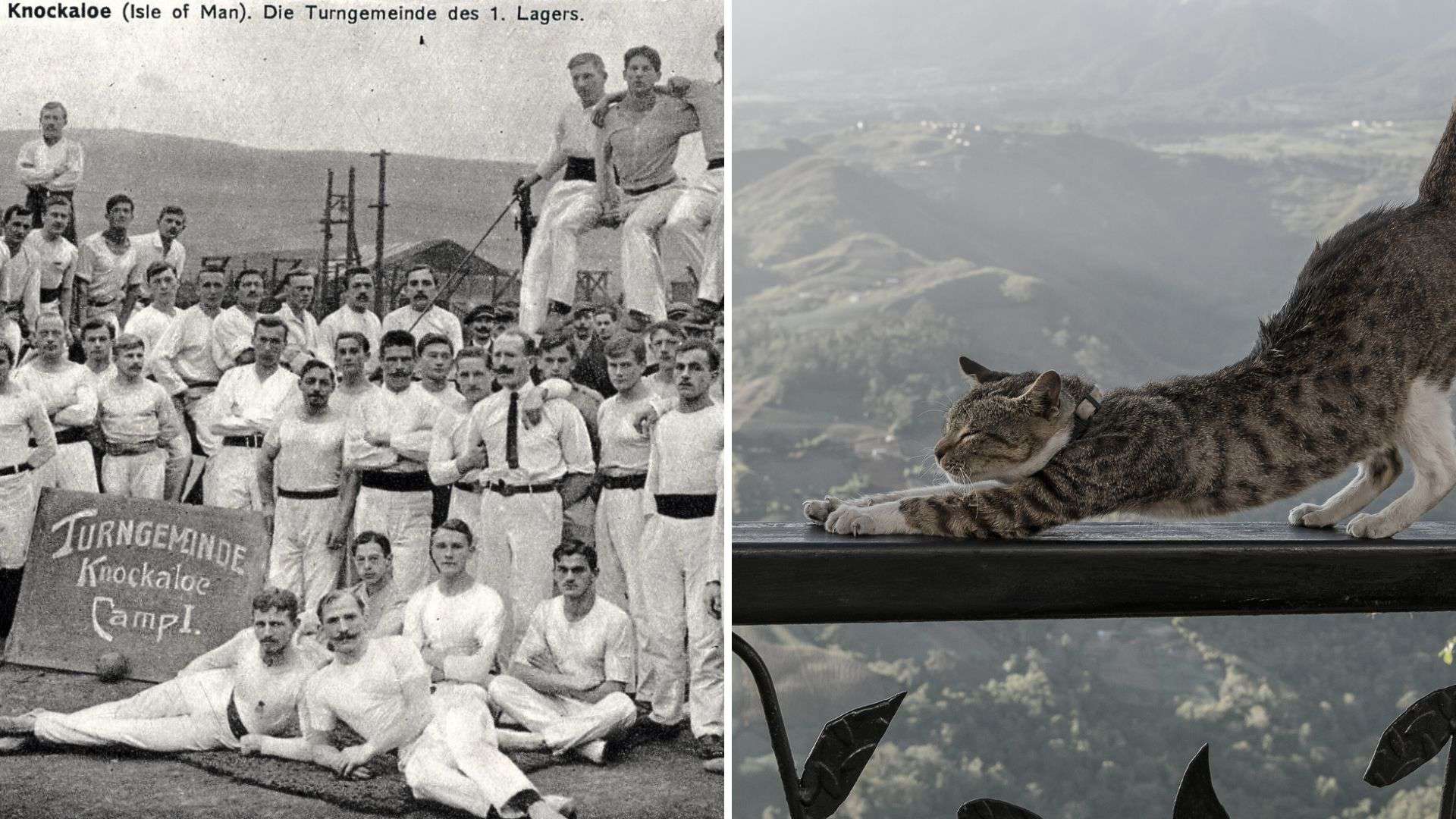
Did you know Pilates, the famous exercise trend, actually has some feline origins?
Meet Joseph Hubertus Pilates, a man deeply immersed in the world of circus performance. However, when World War I erupted, he found himself caught up in the drama, eventually ending up at the Knockaloe Internment Camp.
Joseph was among the 23,000 individuals captured and interned at the camp. Before the war, he had been living the circus life, but now, he and his circus troupe were rounded up and labeled “enemy aliens.”
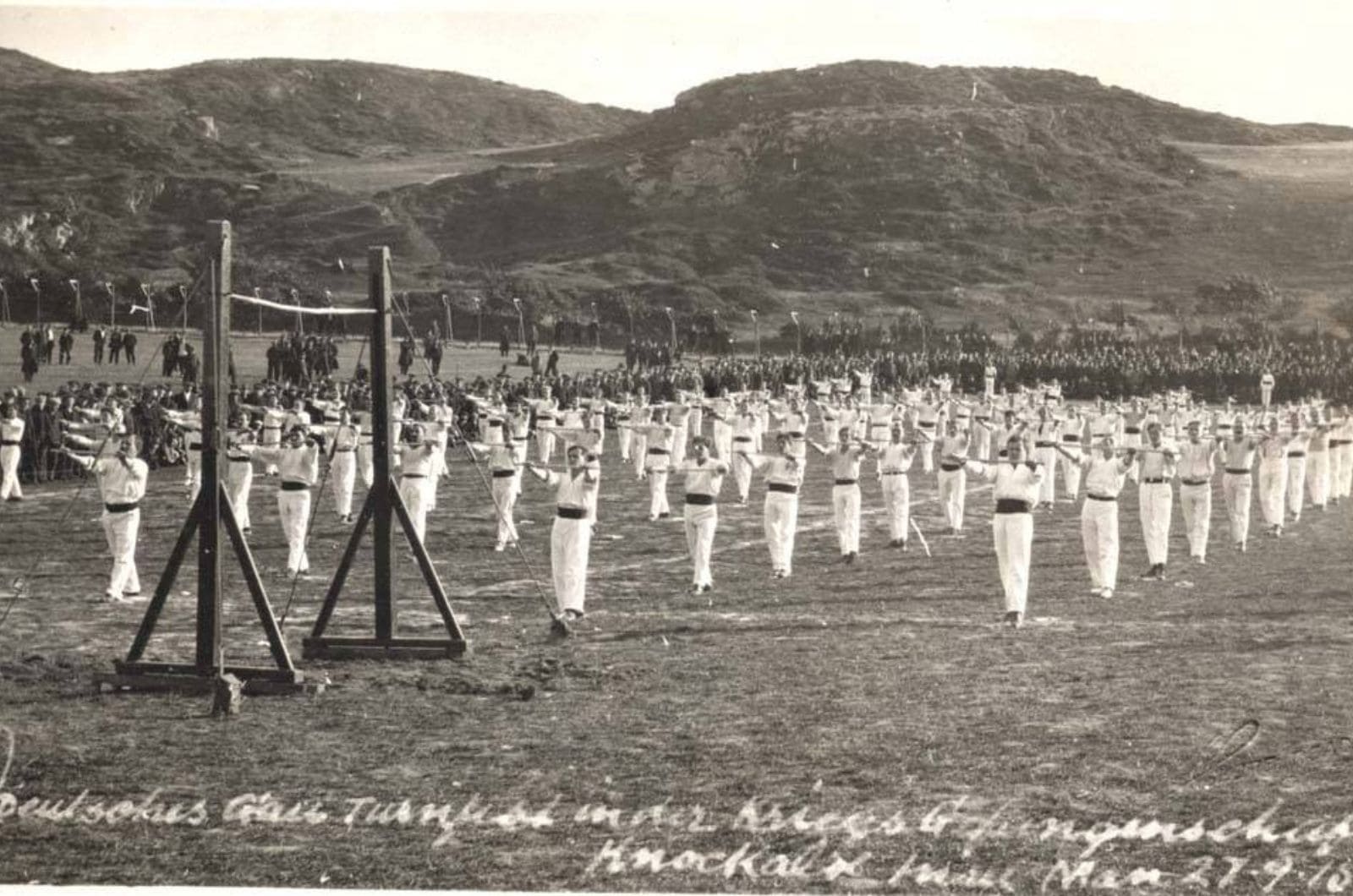
Remarkably, even in these dire circumstances, Joseph wasted no time. Shortly after he arrived at the camp, he joined the gymnastics team.
Some accounts even suggest that Pilates worked as an intern at the prison hospital, where he assisted patients with their stretches and encouraged them to keep moving.
But here’s the kicker – he got creative and developed a whole new exercise method using nothing but bed springs. What was this innovative exercise? None other than Pilates, of course!

Joseph spent 3.5 years behind bars, and he didn’t let a single moment slip away. During his internment, he observed Manx cats. While the human inmates were starving and despondent, the cats appeared to be thriving.
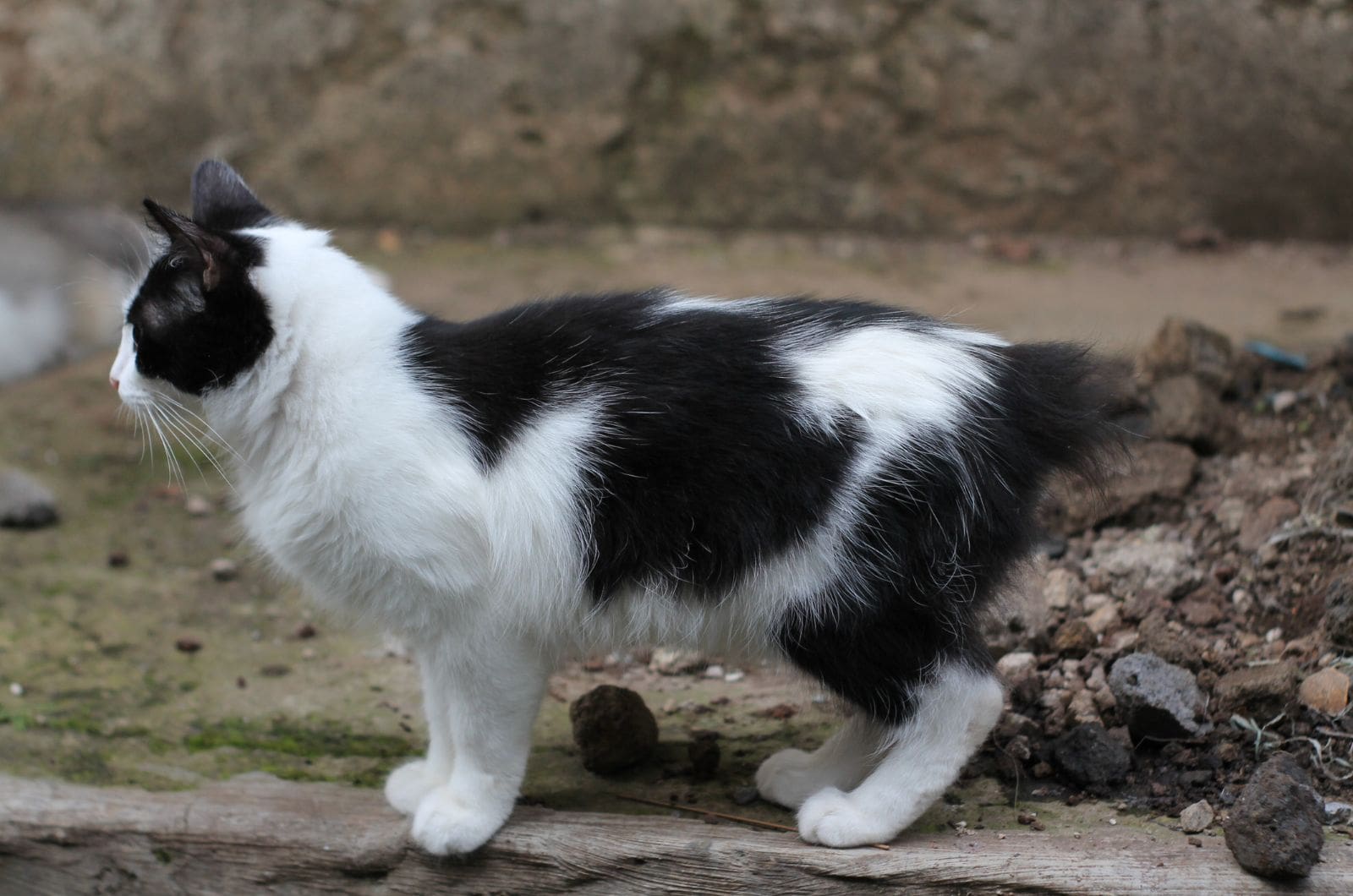
These agile felines frequently engaged in stretching exercises, which caught Joseph’s attention. The cats were agile and enjoyed their stretching, and as we find out from an article titled “Learning to Be an Animal,” Joseph couldn’t help but wonder:
“Why were the cats in such good shape, so bright-eyed, while the humans were growing every day paler, weaker, apathetic creatures ready to give up if they caught a cold or fell down and sprained an ankle? The answer came to Joe when he began carefully observing the cats and analyzing their motions for hours at a time.”

As he wondered why the cats remained in such great shape while the humans weakened, he spent hours meticulously observing their movements. He eventually cracked the code, attributing the cats’ vitality to their consistent stretching routines.
“He saw them, when they had nothing else to do, stretching their legs out, stretching, stretching, keeping their muscles limber, alive.”
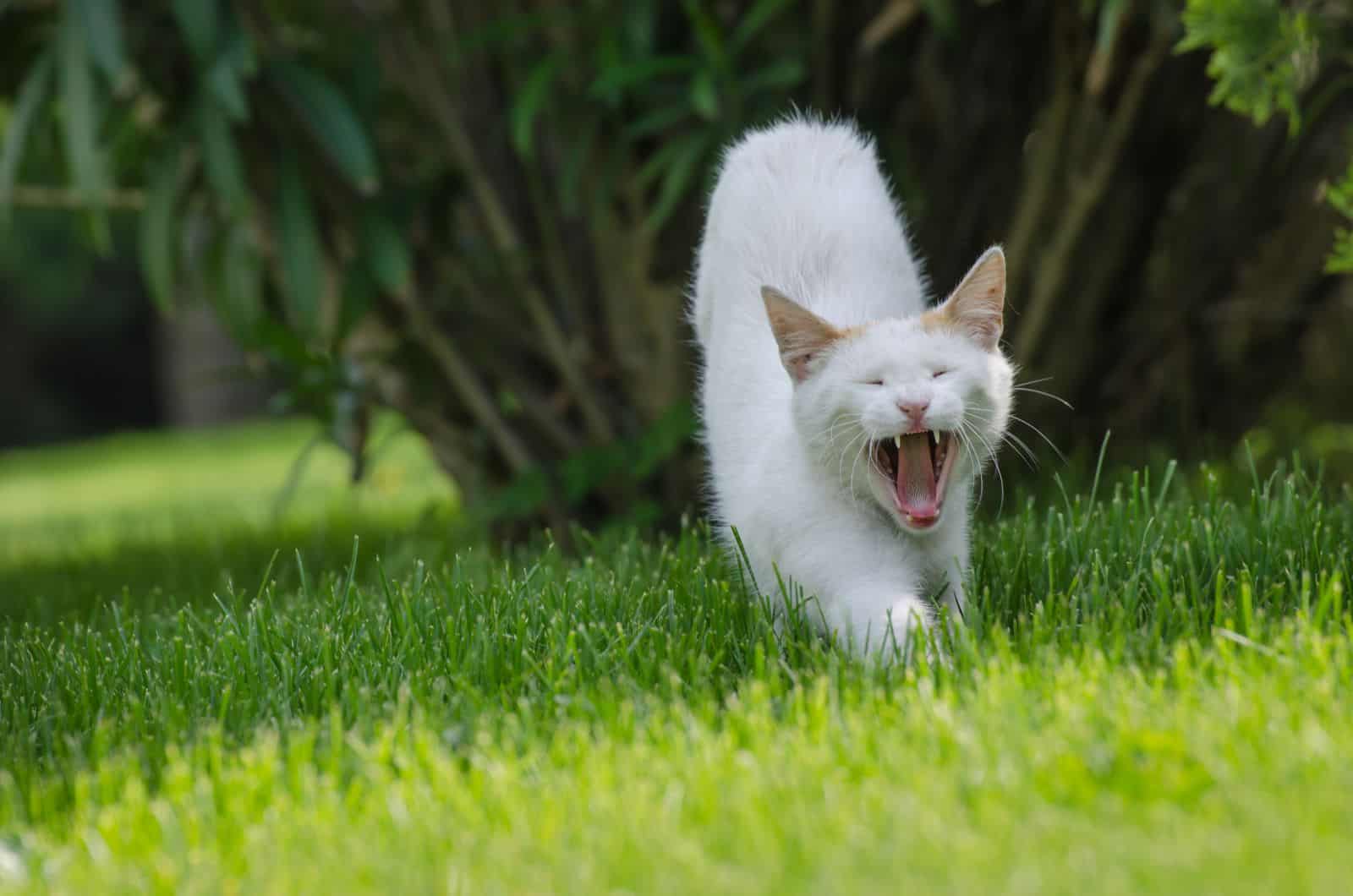
Following his release, Joseph Pilates headed to New York, where he opened a gym and attracted famous clients – and that’s when history was made!
One of Joseph’s students, John Howard Steel, delves into this captivating story in his book ‘Caged Lion.’ Pilates and Steel frequented Central Park Zoo, where they observed “big cats” in cages.
Pilates strongly related to these confined animals, having experienced captivity himself. According to Steel:
“Joe was transfixed watching large caged cats. Every time an animal made a move that caught his attention, he would tap me on the leg and point it out. He would then tell me why the animal was doing what it was doing, and how he had incorporated that stretch or exercise into Contrology… I realized he was watching himself in that enclosure. He knew what it was like to be caged.”
Joseph Pilates learned to “live in the prison of life,” drawing inspiration from his feline counterparts. Perhaps that’s why cats have been kings of the internet for over 30 years – adapting to modern confines, much like us.
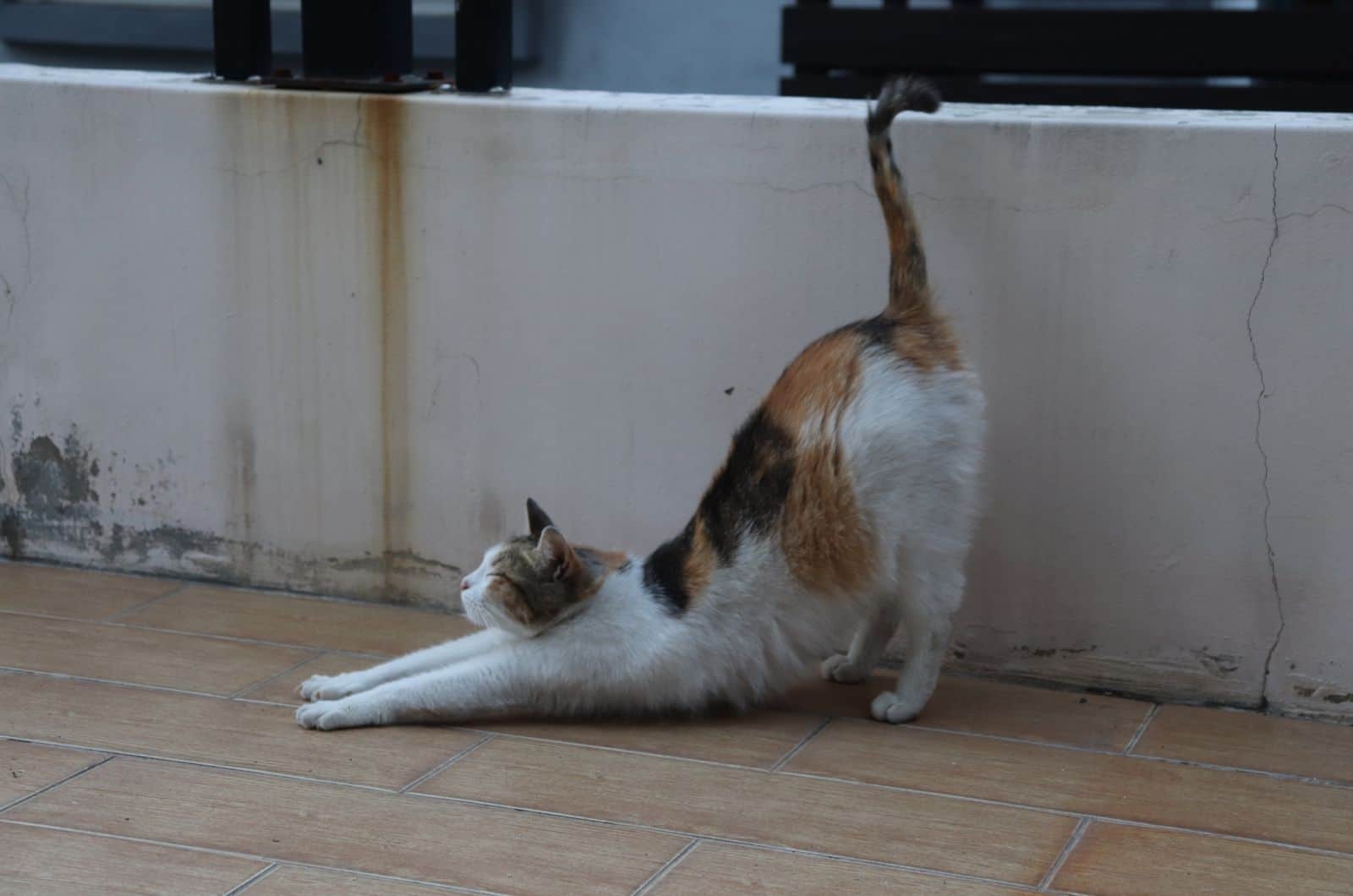
But forget bulging muscles; Pilates is all about that sleek, cat-like flexibility. Joseph himself explained it best:
“Normal muscles should function naturally in much the same manner as do the muscles of animals.”
So, the next time you see your cat rise from a peaceful nap and lazily stretch, think of Pilates. Over 1,000 people took part in some of the first Pilates classes at the Knockaloe Visitor Centre, and since then, it’s become an annual event.

